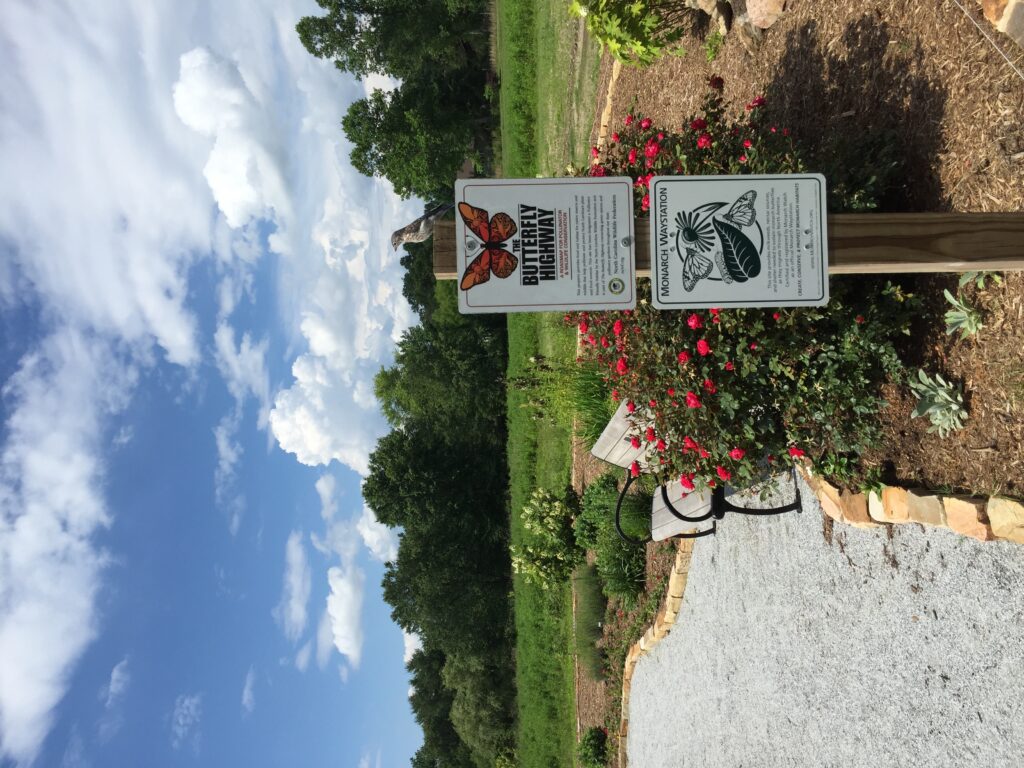Wildlife Alert – Feeding Birds
go.ncsu.edu/readext?1084983
en Español / em Português
El inglés es el idioma de control de esta página. En la medida en que haya algún conflicto entre la traducción al inglés y la traducción, el inglés prevalece.
Al hacer clic en el enlace de traducción se activa un servicio de traducción gratuito para convertir la página al español. Al igual que con cualquier traducción por Internet, la conversión no es sensible al contexto y puede que no traduzca el texto en su significado original. NC State Extension no garantiza la exactitud del texto traducido. Por favor, tenga en cuenta que algunas aplicaciones y/o servicios pueden no funcionar como se espera cuando se traducen.
Português
Inglês é o idioma de controle desta página. Na medida que haja algum conflito entre o texto original em Inglês e a tradução, o Inglês prevalece.
Ao clicar no link de tradução, um serviço gratuito de tradução será ativado para converter a página para o Português. Como em qualquer tradução pela internet, a conversão não é sensivel ao contexto e pode não ocorrer a tradução para o significado orginal. O serviço de Extensão da Carolina do Norte (NC State Extension) não garante a exatidão do texto traduzido. Por favor, observe que algumas funções ou serviços podem não funcionar como esperado após a tradução.
English
English is the controlling language of this page. To the extent there is any conflict between the English text and the translation, English controls.
Clicking on the translation link activates a free translation service to convert the page to Spanish. As with any Internet translation, the conversion is not context-sensitive and may not translate the text to its original meaning. NC State Extension does not guarantee the accuracy of the translated text. Please note that some applications and/or services may not function as expected when translated.
Collapse ▲According to the Managing Backyards and Other Urban Habitats for Birds publication from NC State University, “Along with spring’s wildflowers and pleasant weather come the joyous sounds of North Carolina’s migrating songbirds. From early April to mid-May, buntings, cuckoos, flycatchers, orioles, tanagers, thrushes, vireos, and warblers migrate from tropical countries in Central and South America and the Caribbean north to their breeding grounds in the United States.”
“These birds are called neotropical migrants. Many of these migrant songbirds stay in North Carolina to build their nests and raise their young, while others continue farther north to other breeding areas. These same migrant birds fly south in September and early October to avoid the food shortages that occur as temperatures get colder. Our more familiar yard birds, such as bluebirds, cardinals, chickadees, robins, and woodpeckers, don’t migrate to the tropics and are termed residents because they generally remain in North Carolina year-round.”
The publication also goes on to talk about how to feed birds and create bird habitat at home. Discussed in the publication are native plants, creating habitat and feeding birds. Learn why winter is the most important time to help birds out by feeding with bird feeders.





